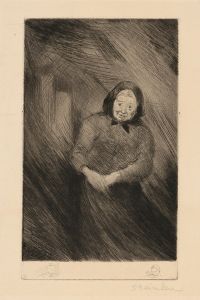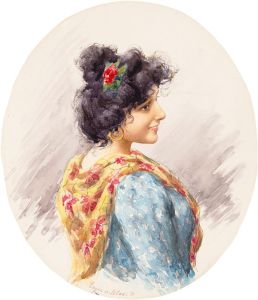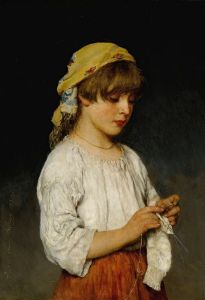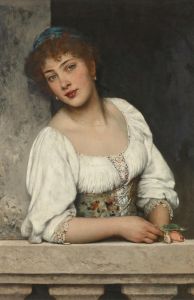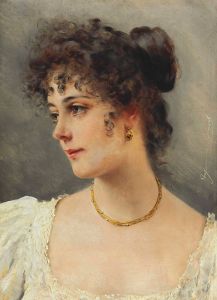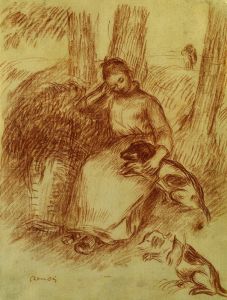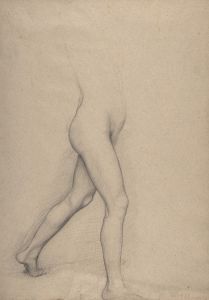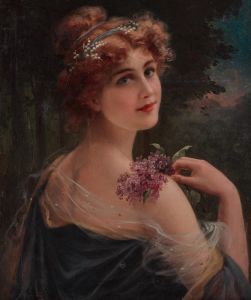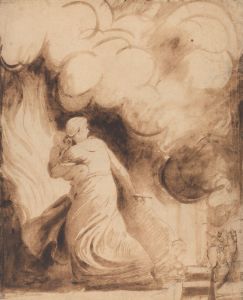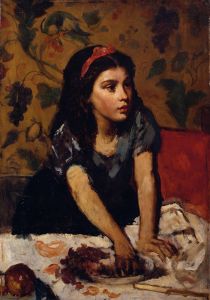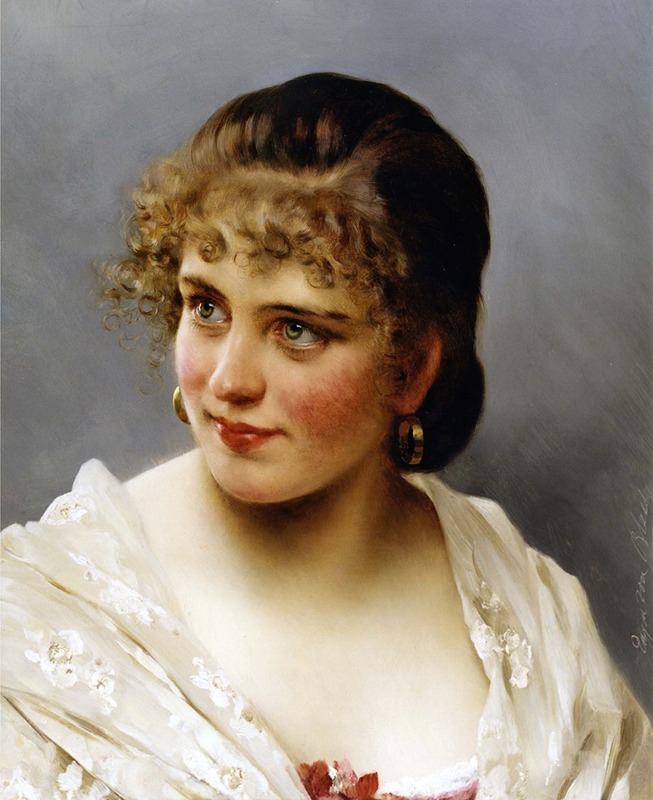
Innocence
A hand-painted replica of Eugen von Blaas’s masterpiece Innocence, meticulously crafted by professional artists to capture the true essence of the original. Each piece is created with museum-quality canvas and rare mineral pigments, carefully painted by experienced artists with delicate brushstrokes and rich, layered colors to perfectly recreate the texture of the original artwork. Unlike machine-printed reproductions, this hand-painted version brings the painting to life, infused with the artist’s emotions and skill in every stroke. Whether for personal collection or home decoration, it instantly elevates the artistic atmosphere of any space.
Eugen von Blaas, also known as Eugene de Blaas, was an Italian painter of Austrian descent, renowned for his genre paintings that often depicted Venetian scenes and figures. One of his notable works is "Innocence," a painting that exemplifies his skill in capturing the delicate nuances of human expression and the subtleties of everyday life.
"Innocence" is a fine example of von Blaas's ability to portray the human figure with both technical precision and emotional depth. The painting typically features a young woman, often depicted in a serene and contemplative pose, embodying the purity and simplicity suggested by the title. Von Blaas was known for his attention to detail, and this work is no exception, with meticulous rendering of textures, fabrics, and the play of light on the subject's skin and surroundings.
The artist's background and training played a significant role in his development as a painter. Born in Albano, near Rome, in 1843, Eugen von Blaas was the son of Karl von Blaas, a respected history painter. His father’s influence and his own studies at the Academy of Fine Arts in Venice and later in Rome provided him with a strong foundation in classical techniques and an appreciation for the Italian Renaissance, which is evident in his work.
Von Blaas's paintings often reflect the cultural and social milieu of Venice in the late 19th and early 20th centuries. His works are characterized by their vibrant colors, careful composition, and the ability to convey a narrative through the depiction of everyday scenes. "Innocence" fits within this context, as it captures a moment of quiet introspection, inviting viewers to ponder the thoughts and emotions of the subject.
The painting is also notable for its use of color and light, which are hallmarks of von Blaas's style. He had a keen eye for the interplay of light and shadow, which he used to enhance the three-dimensionality of his figures and to create a sense of atmosphere. The soft, diffused light in "Innocence" adds to the overall feeling of tranquility and purity, reinforcing the theme suggested by the title.
Von Blaas's work, including "Innocence," was well-received during his lifetime, and he exhibited widely across Europe. His paintings were particularly popular in England and Austria, where they were appreciated for their technical excellence and the charm of their subject matter. Today, his works are held in various private collections and museums, continuing to be admired for their beauty and craftsmanship.
In summary, "Innocence" by Eugen von Blaas is a testament to the artist's mastery of portraiture and his ability to convey emotion through meticulous attention to detail and composition. The painting remains a fine example of von Blaas's contribution to genre painting and his enduring appeal as an artist who captured the essence of his subjects with grace and sensitivity.





